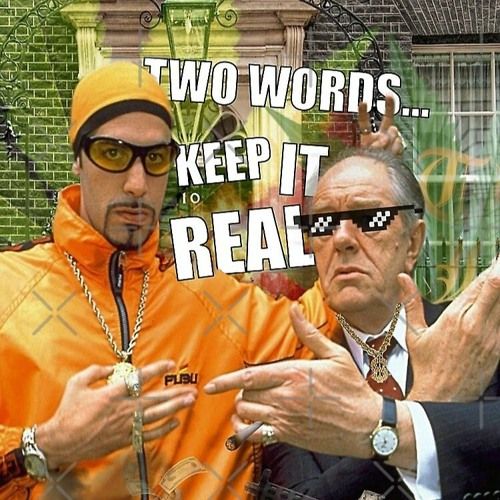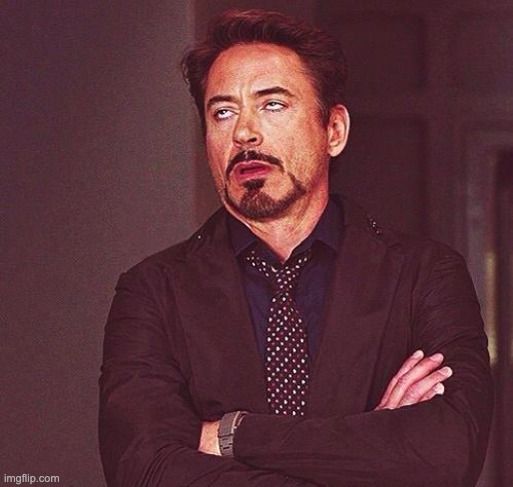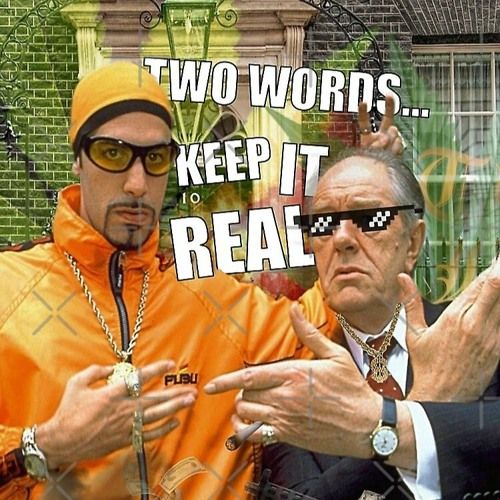AI-Generated Images Can’t Generate Trust

*100% Organic Human Writing
As a user or consumer, I'm already sick of seeing AI-generated images everywhere, especially on service websites, personal brands, and anything marketing-related where the human element matters.
You can still tell when it's AI. Yes, they're polished, but also empty, generic, with no trace of a real story. When an image is real, when there's a face, a presence, a story - it connects differently.
And that matters.

The client conversations I keep having
About 70% of my clients show up with generic images they freesoloed on ChatGPT or Grok, thinking they saved money by skipping a photo session or buying stock. Don't get me wrong, clients messing with AI is great, I always encourage them to play with AI tools, and to the wiser generation, I teach them, but when the conversation is about images, we end up having "the conversation".
Some change their minds once I explain why it matters to have pictures with real earthlings. The ones who are most skeptical, and I really enjoy learning from their perspective, we end up running A/B testing. Guess which one converts.
I get it. AI-generated imagery is convenient, affordable, and increasingly impressive. The temptation to save a few euros on photography seems smart and adventurous.
But there's an invisible wall that customers hit when they see these images. Something doesn't quite connect. The brain registers "generic" before it can even articulate why.
Know when to use AI (and when not to)
In tech, SaaS, real estate, even gastronomy - I love AI-generated visuals. Midjourney always. Big ambassador here! It has helped me even create stunning packaging designs. No complaints here. For my side project, I hired over 10 professionals to create a packaging design, none clicked with what I had in mind and soul, while Midjourney did it immediately.
But for service-based websites: healthcare, law, coaching, anything where trust is the product - AI images just don't fit. Even royalty-free photos do a better job creating connection.
The trust example
Working with medical professionals highlighted this issue clearly. We tested practice landing pages using AI-generated "doctors" versus simple smartphone photos of the actual physicians, with imperfect lighting, no "professional" posing but real feeling.
The real photos outperformed on consultation bookings.
Why? Because patients aren't just booking a medical service - they're looking for comfort, support, a human touch. They want to see the real person who might treat them. And it's not just preference - it's psychology. Our brains are wired to scan faces for microexpressions, those fleeting signals of trust, competence, or warmth. That's why, when hiring a lawyer or doctor, we want their picture, not a generic logo. Our brain uses those signals to decide if we feel good about them.
Psychologically, we trust what feels familiar. There’s a thing called the mere-exposure effect: the more we see a person, the more we trust them. A real photo makes it personal - it turns a service into a human connection. Generic images, like a gavel or courthouse, don’t do this. When you see a face, your brain starts building a small bond, making you feel less worried about choosing them.
The perfect, spotless AI doctor with great lighting? It doesn't give that. It's too clean, too fake. It pushes people away instead of pulling them in.
Hiring isn’t just about facts - it’s about feelings too. A photo taps into that. A professional doctor or lawyer makes you feel they’re reliable. A bad or fake photo can make you feel unsure. Marketers use this - we pick photos to match the feeling you’re after. A lawyer in a sharp suit says “I’m serious,” while a warm, relaxed one says "I’m approachable", fit for a civil case. I wouldn’t want my criminal case lawyer too casual and warm - it’d feel off - but for an extranjeria case, maybe yes. It depends on the job.
We’re social - we judge people by how they look because it’s natural. A photo shows if they “fit” the role, like being strong or experienced. A generic image can’t do that, but a real face lets your brain decide fast. Even body language matters - a stiff pose might push you away, while a natural one pulls you in.
The test
Imagine you're choosing between 3 lawyers:
Lawyer A: Website has a crisp photo of them smiling confidently in a suit.
Lawyer B: Website uses a stock image of a handshake.
Lawyer C: AI generated.
Your brain instantly favors Lawyer A. Why? The photo lets you project traits onto them - trustworthiness, professionalism - while Lawyer B feels distant and impersonal. Lawyer C probably will not be chosen as it can give the feeling of being fake or a scam. You might not even realize you're judging microexpressions (e.g., a slight lip curve), but your gut does.
The real cost of "saving money"
If you're building a service business where trust matters:
- The €250 you "save" by not hiring a photographer
- The time you "save" by generating rather than shooting
- The convenience of having unlimited variations
All come with a hidden cost: diminished trust, reduced conversions, and a subtle "corporate" feeling that pushes potential clients away.
Real, authentic visual content isn't just a marketing expense - it's an investment in the intangible but crucial currency of trust.
So before you replace your about page with AI faces, ask yourself: in your business, is trust the product?
If it is, keep it real.
#MakeHumansRelevantAgain
The End

